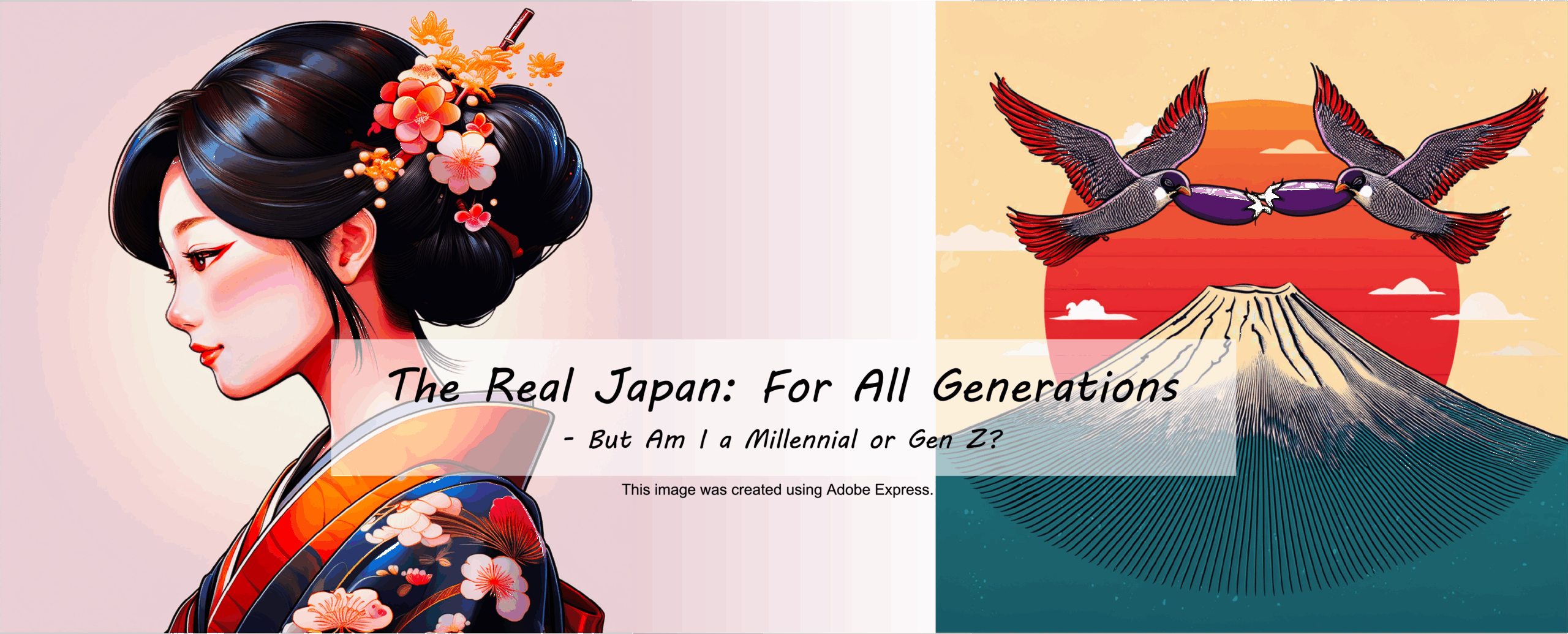
I Went to a Summer Festival!
July is that time of year when festivals pop up all over Japan, bringing tons of energy to the streets.
When you think of Japanese festivals, the first thing that probably comes to mind is the mikoshi parade, right?
When I was a kid, I used to wear a headband and help carry the mini mikoshi made just for children. But the mikoshi in the area where I live now is super intense.
Teams from different neighborhoods gather in front of the train station and parade through to the rhythm of whistles and loud “Wasshoi! Wasshoi!” chants. The scale is huge, and the crowd is even bigger—it’s seriously thrilling!
At one point, I found myself thinking, “That person blowing the whistle must be exhausted!”
Sure, carrying the mikoshi is tough, but walking around blowing a whistle non-stop for over an hour? That’s gotta take some serious lung power. Maybe it’s someone who played in a school band or something? I wonder how they choose the whistle players.
Oh, and it just popped into my head—while not all festivals in Japan are like this, have you ever noticed how people get to walk freely on roads that are usually for cars during these events? That kind of thing might be pretty rare for visitors from abroad.

Of course, there are festivals overseas that close off roads for pedestrians, too. But in Japan, it’s quite unique to see regular neighborhood streets turned into lively festival grounds, with rows of food stalls lining both sides and people strolling right down the middle.
This time was exactly like that—you could walk along the center of the road and explore all the colorful stalls along the way. For travelers from overseas, it’s such a great chance to take in the atmosphere and experience the town in a whole new way.
One thing that felt a little sad, though, was how few kid-oriented stalls there were this year.
Back in the day, there were tons of booths for goldfish scooping and cotton candy. But now? I only saw one goldfish stall the whole night. Probably because of the declining birthrate.
Even my mom quietly commented, “It’s all young people… but there aren’t any kids.”
And by “young,” she probably meant folks in their 20s to 40s, haha. She’s not wrong though—there weren’t many families or people over 50.
Maybe it’s the heat and crowds that make it harder for older people or families with kids to join in.
Interestingly, the old shooting game booths that kids used to crowd around were now full of adults in their 20s and 30s. The prizes even seemed a little more adult-themed.
On the flip side, there were way more international food stalls this year, and Korean food really stood out!
I tried cheese hot dogs and Korean-style oden. The flat fish cake-looking oden didn’t look anything like Japanese chikuwa, but the taste? Spot on! It totally tasted like chikuwa and totally caught me off guard—in a good way.
The cheese hot dog was made with extra care. The guy at the stall tried handing me one that had gone a little cold, but then changed his mind and fried up a new one—because hot and gooey cheese is a must!
The combo of slightly sweet cheese and fluffy dough was seriously delicious.
The Turkish ice cream stand also left an impression. The sign on the roof still had the old price, but when I actually went to buy one, the price had jumped up by like 1.5 times!
I almost walked away in shock, but yeah… ended up buying it anyway.
I bet for travelers, seeing inflation hit Japan like this is pretty unexpected.
I mean, Japan used to be known as the land of affordable everything, right? That image might be changing now.
By the way, the one thing I always make sure to get at festivals is yakisoba.
Sometimes it’s a hit or miss, but when you get one that’s dry enough and has just the right amount of salt—it’s heaven.
This year’s? Meh… I’d give it a 6 out of 10. Too many veggies made the noodles soggy. Personally, I’d be happy if it was like 90% noodles!
What I don’t recommend is takoyaki. Festival takoyaki can be too hard or just plain underwhelming.
Honestly, frozen takoyaki is better these days, and if you really want the good stuff, “Gindaco” is where it’s at.
Okonomiyaki, though? That’s a solid bet at festivals—usually tasty!
Anyway, festivals are such a special part of life in Japan.
It’s one of those moments where I really feel proud to be Japanese, soaking up all the energy and liveliness you just don’t get in everyday life.
I already can’t wait to see what kind of food stalls will show up next year!
🎀 お祭りに行ってきました🎆
7月って、あちこちでお祭りがあって街中がにぎやかになる季節。
日本のお祭りって聞くと、まず思い浮かぶのがお神輿(みこし)の行進じゃない?
私も小さい頃はハチマキ巻いて、子ども用の小さなお神輿を担いだことがあるんだけど、今住んでるエリアのお神輿はかなり本格的。
各地区のチームが駅前の広場に集まって、「わっしょい、わっしょい」って掛け声と笛の音に合わせて練り歩くの。スケールが大きくて、見物客もたくさん。まさに迫力満点!
でね、ふと「あの笛吹いてる人って、めっちゃ大変じゃない?」って思っちゃった。
お神輿を担ぐのも重たくて大変だけど、1時間くらいずっと笛吹いて歩くって、かなり肺活量いりそう…。吹奏楽部出身の人とかが担当してるのかな?ってちょっと気になったな〜。
そうそう、ふと思ったんだけど、全てのお祭りがそうってわけじゃないけど、日本のお祭りのときって、普段は車が通る道路を人が堂々と歩けるよね?あれって、海外の人にはけっこうレアな体験かも。
海外にも道路を封鎖して歩行者天国にするイベントはあるけど、日本みたいに生活道路の真ん中を歩いて、道の両側にずらーっと屋台が並んでる光景って、やっぱり独特だと思う。
今回もまさにそんな感じで、車道の真ん中を歩きながら、道の両サイドに並んだ屋台を見て回れるの。海外から来た旅行者にとっては、街の雰囲気をじっくり味わいながらお祭りに参加できる、ちょっと特別なチャンスになるんじゃないかな。
そして、ちょっと寂しかったのが、子ども向けの屋台が減ってたこと。
昔は金魚すくいや綿あめの屋台がいっぱいあったのに、今回は金魚すくい1軒しか見かけなかった。少子化の影響かな…。
隣で歩いてた母も「若い人ばっかりで、子どもが全然いないわね」ってポツリ。
母の言う「若い人」って、きっと20代〜40代くらいのことを指してるんだと思う(笑)。
確かにその年代の人たちばかりで、50代以上や子ども連れのファミリーはあんまり見かけなかったな〜。
夏の暑さの中で人混みを歩き回るのは、年齢を重ねるとちょっとしんどいのかもね。
ちなみに、昔は子どもが盛り上がってた射的の屋台も、今は20〜30代の大人たちが夢中になってるの。景品もちょっと大人向けになってきてる気がする。
その一方で、国際色豊かな屋台が増えてて、今年は特に韓国料理が目立ってた!
私はチーズハットグと韓国のおでんを食べたよ〜。おでんの平たいやつ、見た目はちくわっぽくないのに、食べた瞬間「あれ、味はちくわじゃん!」ってなってびっくり(笑)。こういう発見って楽しいよね。
チーズハットグは、屋台のおじさんがすごく丁寧に揚げてくれてたんだけど、一度冷めちゃったのを渡そうとして「やっぱ熱々じゃないとダメだよね!」って新しいのを揚げ直してくれたの。
チーズがしっかり伸びて、甘めの味付け&ふわふわ生地の相性が最高だった✨
トルコアイスの屋台も印象的だったよ〜。屋根には以前の価格がそのまま残ってて、いざ買おうと思ったら、立て札の値段が1.5倍くらいになっててびっくり。思わず引き返しちゃった(笑)。でも、結局は買っちゃったんだけどね。
たぶん、海外の人からしたら、今の日本ってちょっと意外なんじゃないかな。昔は「日本=物価が安くてなんでも買いやすい」ってイメージがあったと思うし、まさか日本がインフレするなんて…って感じかも。
ちなみに、屋台で私が「絶対食べたい!」って思ってるのは、やっぱり焼きそば♡
当たり外れはあるけど、水分が少なめで塩味が効いた焼きそばに当たると、本当に美味しいの。今年のはちょっと残念で、野菜が多すぎて麺が水っぽくなっちゃってて…評価は60点ってところかな。私は麺9割くらいが理想なんだよね(笑)。
逆におすすめしないのは、たこ焼き。屋台のたこ焼きって、硬かったり味が微妙なことが多くて…。今は冷凍食品でも美味しいたこ焼きあるし、「銀だこ」みたいな専門店の方が絶対いい。
でも、お好み焼きは屋台でも美味しいものに出会える確率高めだから、アリだと思う♪
とにかく、お祭りって普段の生活では味わえない活気やエネルギーがあって、日本人としてすごく誇らしい気持ちになるイベントだなって思う。また来年も絶対行きたいな〜。次はどんな屋台に出会えるか、今から楽しみっ!
Choose Your Quiz/クイズを選んでね

The list below also includes pronunciation symbols for English words and idioms.
以下の一覧には英単語とイディオムの発音記号も含まれています。




コメント